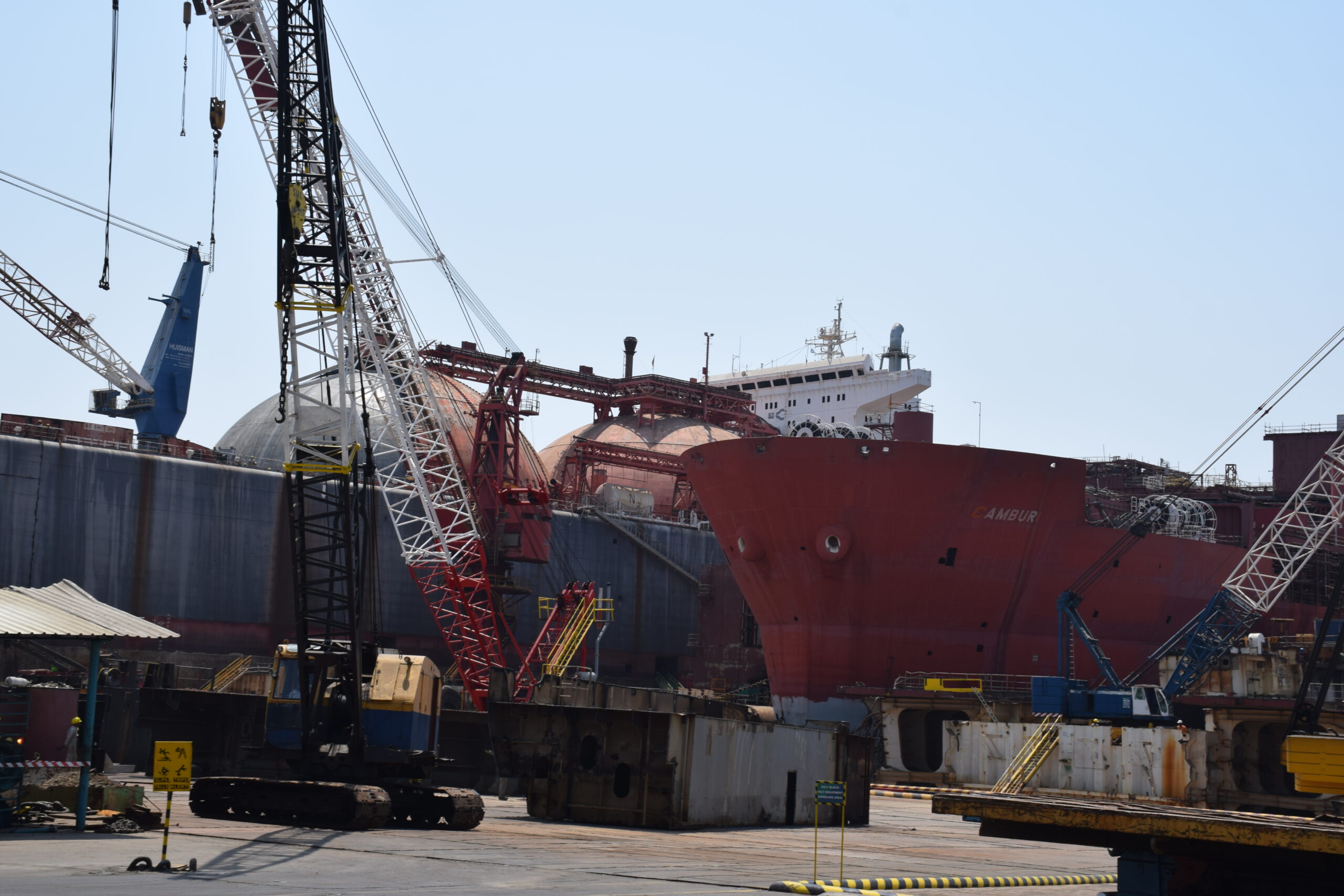HTF Market Intelligence Releases Comprehensive Global Shipbreaking Market Study (2024-2032)

In a significant step toward understanding the future trajectory of the shipbreaking industry, HTF Market Intelligence (HTF MI) has introduced a detailed study on the Global Shipbreaking Market. The report offers a 143-page in-depth analysis, shedding light on the industry’s scope, outlook, and anticipated growth from 2024 to 2032. With the global economy increasingly emphasizing sustainability and eco-friendly practices, shipbreaking, a vital component of recycling and waste management, is attracting attention for its growth potential.
The global shipbreaking market, which was valued at 2.5 billion USD in 2023, is projected to reach 4 billion USD by 2032, demonstrating a compound annual growth rate (CAGR) of 7.5% over the forecast period. As the demand for ship dismantling services accelerates, the market is growing not just in terms of volume but also in terms of technological advancements, regulations, and geographic reach.
Industry Overview and Market Segmentation
The shipbreaking industry plays a critical role in the global maritime economy. As ships age, their maintenance becomes increasingly expensive, leading to their eventual decommissioning. Shipbreaking provides a means of recycling valuable materials like steel, copper, and aluminum while safely disposing of hazardous waste. This process is crucial to reducing the environmental footprint of old vessels, making the industry increasingly vital in the global push toward sustainability.
HTF MI’s study segments the market into five primary shipbreaking types:
- Mechanical
- Thermal
- Chemical
- Manual
- Eco-friendly
Mechanical shipbreaking, where machinery is used to disassemble ships, holds the largest market share, but eco-friendly methods are seeing significant growth due to global environmental policies. Manual shipbreaking, though labor-intensive, remains prevalent in countries with cheaper labor costs. Thermal and chemical methods are gaining traction as technology evolves, providing faster and more efficient means of dismantling vessels.
On the application side, the market is segmented by the types of ships being dismantled, including:
- Cargo ships
- Military ships
- Offshore vessels
- Passenger ships
- Tanker ships
Cargo ships account for the largest share of the market, given the vast number of cargo vessels in operation globally. However, the dismantling of military and offshore vessels is expected to see substantial growth, driven by the decommissioning of aging naval fleets and offshore platforms.
Key Geographic Regions
The market report covers key geographic regions, providing insights into consumption patterns, revenue generation, market share, and projected growth rates. The regions analyzed include:
- Middle East & Africa (with a focus on countries like South Africa, Saudi Arabia, UAE, Israel, and Egypt)
- North America (including the United States, Canada, and Mexico)
- South America (focusing on Brazil, Venezuela, Argentina, and Peru)
- Europe (covering major markets such as Germany, Russia, Italy, the UK, and France)
- Asia-Pacific (featuring top markets like China, India, Japan, Korea, and Australia)
Asia-Pacific currently leads the global shipbreaking market, particularly driven by China, India, and Bangladesh, where labor costs are lower, and environmental regulations are less stringent compared to Western countries. However, with increasing international scrutiny on environmental practices, these regions may see significant changes in how they approach shipbreaking.
Major Market Players
Some of the key players shaping the global shipbreaking market include:
- GMS
- Leela Ship Recycling
- Priya Blue
- Best Oasis
- Simsekler
- Arie Z Schlesinger
- Shree Ram Group
- Sohar Shipbreaking
- Zhoushan Changhong
- Zhoushan Jinhai
- Baijnath Melaram
These companies are at the forefront of developing innovative recycling techniques, expanding their market presence, and navigating the regulatory landscapes that are increasingly focused on eco-friendly and sustainable practices.
Market Drivers and Challenges
Several key factors are driving the growth of the global shipbreaking market:
- Increased global trade: The expansion of international shipping fleets is leading to a growing number of vessels reaching the end of their operational life.
- Regulatory pressure: Governments and international bodies, such as the International Maritime Organization (IMO), are enforcing stricter environmental regulations, making eco-friendly shipbreaking methods more attractive.
- Rising steel prices: As shipbreaking provides a significant source of recycled steel, rising demand for steel is pushing shipowners to scrap their vessels earlier.
- Sustainability trends: The shift towards environmentally conscious business practices is encouraging ship owners and shipbreakers to adopt greener dismantling methods.
However, the industry also faces several challenges:
- Health and safety risks: Shipbreaking can be dangerous, particularly in countries with lax labor and safety laws, which has led to scrutiny and pressure from human rights organizations.
- Environmental concerns: Improper handling of hazardous materials, such as asbestos and heavy metals, has resulted in pollution, particularly in countries where regulations are poorly enforced.
- Economic uncertainty: Fluctuations in global steel prices and shipping demand can impact the profitability of the shipbreaking industry.
Future Outlook
Looking forward, the Global Shipbreaking Market is set to undergo several transformations. Technological advancements in shipbreaking methods, particularly eco-friendly techniques, are expected to reshape the industry. Manual shipbreaking, which is labor-intensive and poses significant safety risks, may decline in favor of more mechanized and environmentally friendly options.
Geographically, the dominance of Asia-Pacific is expected to continue, though increased regulatory scrutiny may shift some shipbreaking operations to regions with stricter environmental oversight. Europe and North America are also expected to play a larger role in the future of shipbreaking, as stricter regulations in these regions drive innovation in sustainable ship recycling methods.
Competitive Landscape
The report also highlights strategic initiatives taken by key players in the market, including mergers, acquisitions, and partnerships aimed at expanding their operational capacities and market share. For instance, companies like Best Oasis and Priya Blue have been involved in acquisitions to broaden their footprint in the global market. In addition, there is a growing focus on research and development to improve eco-friendly shipbreaking technologies.
Conclusion
The global shipbreaking market is on a robust growth trajectory, driven by rising demand for recycled materials, increased environmental awareness, and evolving regulatory frameworks. With key players innovating to meet these demands and expanding their market reach, the future of shipbreaking appears both promising and pivotal to the broader maritime and recycling industries.
As shipbreaking becomes more integral to global sustainability efforts, it will be crucial for industry stakeholders to balance profitability with responsible environmental practices, ensuring a safer and more eco-friendly approach to dismantling the world’s aging fleet.
Author: shipping inbox
shipping and maritime related web portal








